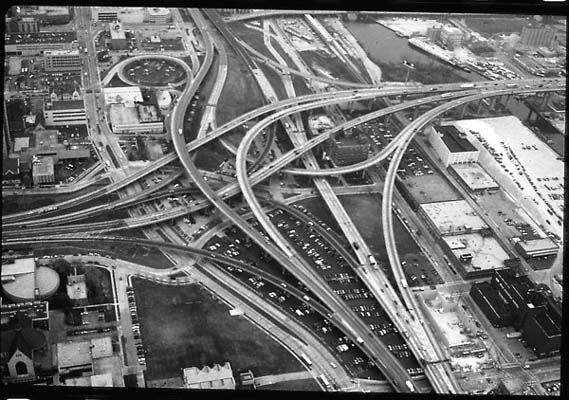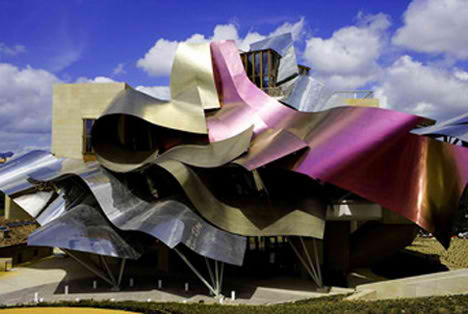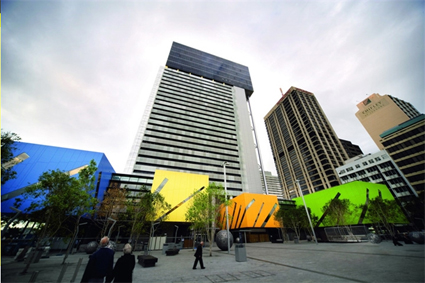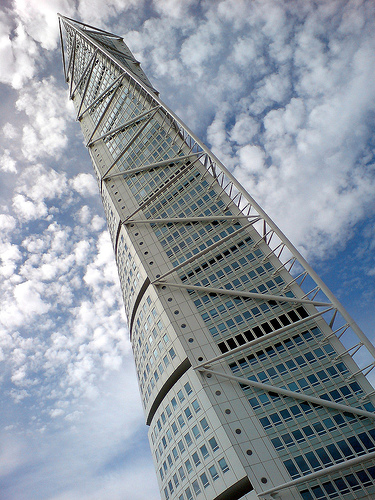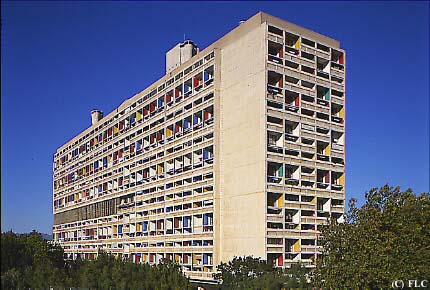My relatively short time in the UK has afforded me two previous chances to go to ILT but laziness prevailed both times. But this year could be my last opportunity so I seized it. Plus it was a chance to combine my two geeky passions of mine: techno and high-speed rail. Yes this was going to be a shotgun Eurostar affair - last train there, first train back. This didn't daunt me, I've done it before for a New Years Eve adventure to Paris, what did worry me was making the connections with the regional trains and local trams in Belgium. As anyone who regularly goes travelling would know, things, more often than not, go wrong. I was envisioning nightmare scenarios of missed trains, stolen passports and having to bed down in some piss-stained corner of Brussels. What did happen was that Fate, the prankster that it is, had everything run smoothly.
Here was the itinerary:
19:34 Eurostar to Brussels via Lille
22:30ish arrived at Brussels and milled around looking for the right platform for the train to Ghent. Saw some fellow travellers in clubbing clothes with no baggage and followed them. Hung around platform 15 as an educated guess. A bunch of very drunk and rowdy Spaniards come running onto the platform shouting "Ghent?!?Ghent?!" and harassed the nice train man with their drunken questions. Turns out Platform 15 is the one! Muchas Gracias mis drunken amigos!
23:20 get on the train to Gint-St-Pieters. Said Spaniards dominate the train carriage with their drunken and progressively drugged out rowdiness. I occupy my time by watching a group of English guys trying to maintain their ketamine affected balance on the rocking train.
24:00 Arrive in Ghent and follow the intoxicated crowd to the tram station. Luckily there's a tram waiting and I figure it must be the right one as people are drinking and smoking joints (!) inside. It's definitely the party tram.
00:15ish, arrive at Flanders Expo Centre. I was fearing massive queues to get in but there were none, seems like everyone is inside already.
00:20 Encounter the most efficient mass coat-check system I've ever encountered (those organised Belgians!)
00:25 Inside I Love Techno proper.
I was happy and quite surprised I made it with little hassle. I've been stung by European train journeys before so this was a miracle of mundane efficiency.
The event itself consists of 5 rooms and a chill out room all arranged around a massive central area with toilets, stalls, bars etc. Despite it's name I Love Techno has more electro acts than techno acts but the event is so huge that you can surround yourself with techno and avoid the annoying electro kids. Accordingly, I made my way to the Green Room which had the most techno line-up of the night.
The first act I caught was Luke Slater and some other guy playing live. I don't remember much but it was nice middle of the road techno with a minimal bent. Next up was Adam Beyer who continued the same vibe but going a teensy bit harder and rougher but still quite safe. I thoroughly enjoyed it though as the beats were suited to a massive warehouse environment. At some point when I went to buy more drink stamps I saw that Dave Clarke was playing in the Red Room. I totally forgot about Dave so I made a beeline to catch whatever I could. Luckily the night was also the night the clocks go back and when 3am came around it magically became 2am again and I got a free hour of Dave Clarke. He was by far the highlight for me. DC played his usual banging hiphop influenced techno in his rough chop and change style. This hour was what imagined I Love Techno was all about: thousands of people going crazy to bash-your-face techno.
After Dave Clarke was done Carl Craig stepped up to play some Detroit stuff. I love Detroit techno but the change of pace from Dave Clarke made it sound so pedestrian, I was in the mood for some banging-ness. So I returned to the Green Room to wait for Chris Liebing to come on. After Deadmau5 finished their set the MC asked the crowd if they wanted it louder, harder, faster? With wide-eyed expectation I thought "Yes yes yes! Let's go! I'm ready!" Then Chris Liebing came on and played some surprisingly plodding tracks. I don't think anything went above 130bpm. In fact it was basically minimal, just a tiny bit faster. I was slightly disappointed. For a 4am set, I was expecting a bit more. Maybe it'll get harder after 5am? I dunno, I couldn't stick around to find out, I had to get back to Brussels in time for my train back to London.
After being impressed by the coat-check system again I joined the massive queue to for the tram back to the train station. Trams were coming one after the other so the queue moved quickly. Security were on hand to control the queue and keep the trams rammed at a civil level. Unfortunately no such service was provided at the station for trains back to Brussels. What a scrum! I couldn't help but laugh at the cynical desperation ravers can display after a night out. I didn't get a seat but managed to score the steps near the door allowing me to sit on the floor with some comfort.
Back at Brussels the fatigue was wearing in and I simply slouched the time away in the departure lounge. It was nice to see that there a few other sketchy characters with the same idea. When it was time to go I simply passed out in my train seat. Sitting there with no luggage and reeking of cigarettes and vodka I must have a been a sight for the Francophone Belgian who sat next to me.
9am - Back at St Pancras and it was time for breakfast before heading back home and ending the most protracted post-rave journey home.
Overall, it was a great night. I Love Techno itself was great, but not amazing. I'm not sure 7 hours of travelling is worth it for 5 hours of raving, but for me, the journey there and back was half the fun. I wanted to see if it was doable and it really is. If I'm still in UK this time next year and I have nothing better to do, I'll happily do it all over again.




